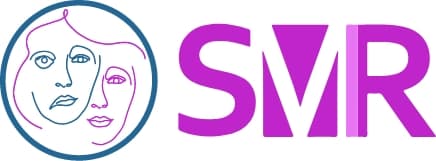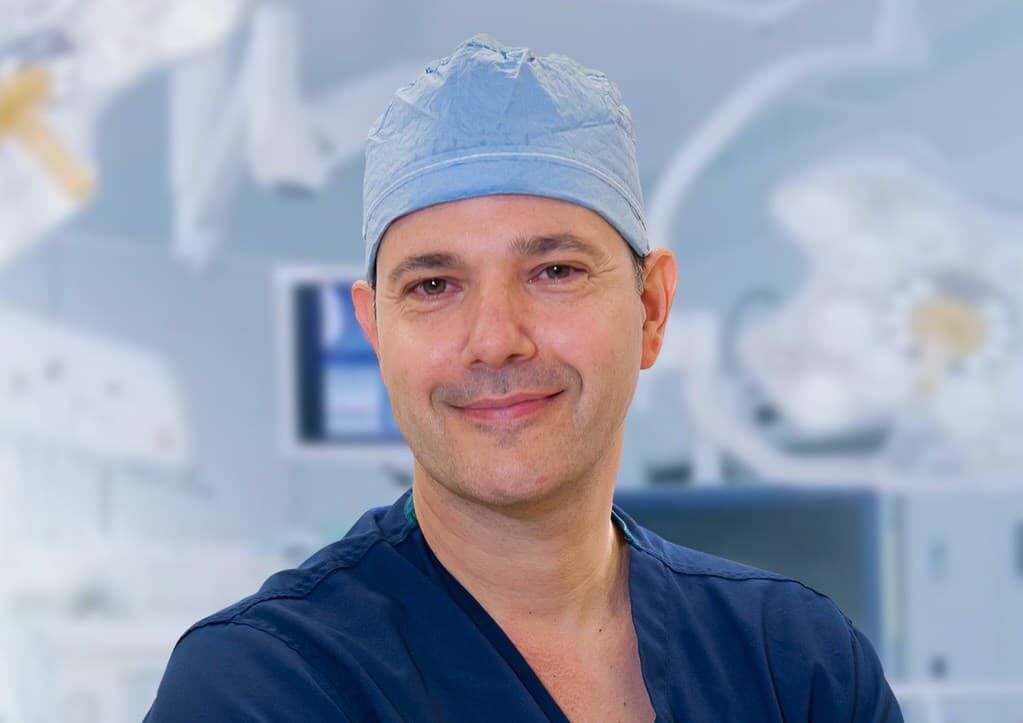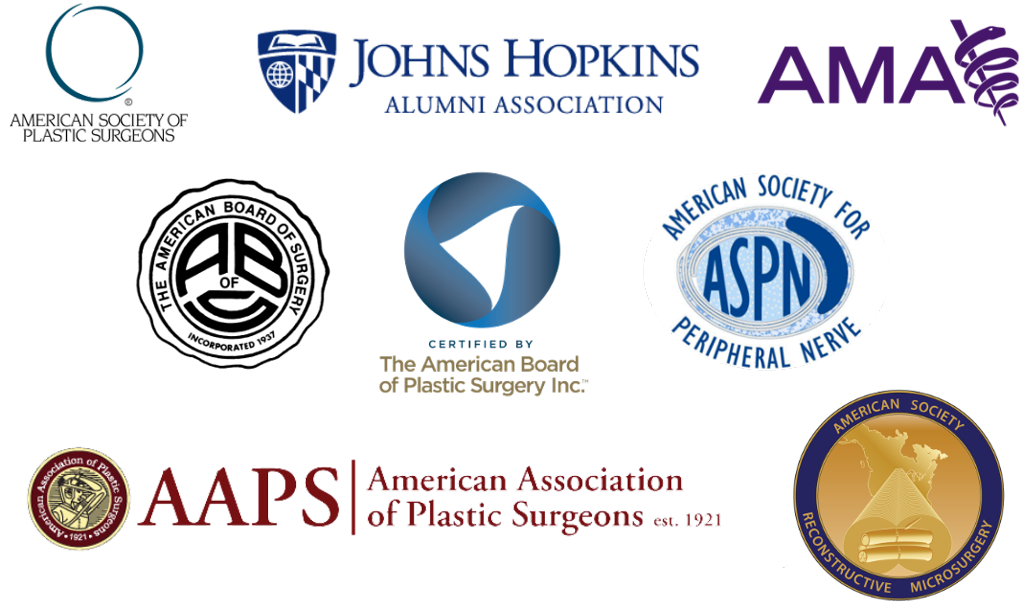Shai M. Rozen, M.D., F.A.C.S.
1801 Inwood Road
Dallas, TX 75390
Phone: (214) 645-2353
Monday–Friday: 8 a.m.–5 p.m.
Moebius Syndrome & Other Facial Paralysis in Children
Facial paralysis can be present at birth or develop within the first months or years of life. Noticing facial paralysis in infants is not always easy but can present with facial asymmetry when the baby is crying or smiling and becomes more noticeable as children grow. Sometimes congenital facial paralysis is a solitary finding, and sometimes it is a part of a syndrome.
At the University of Texas Southwestern Medical Center, Dr. Shai Rozen and a team of leading neurosurgeons and neurotologists have helped many pediatric patients with facial paralysis restore facial function and appearance with advanced microsurgical techniques and a well-coordinated multidisciplinary approach. By providing information about causes and treatment options, Dr. Rozen hopes to empower parents and loved ones to seek treatment and have hope for children affected by facial palsy.
What causes congenital facial palsy in babies?
While congenital facial palsy (present from birth) is rare, its causes and the way it affects patients can vary greatly, including:
- Isolated unilateral facial paralysis of unclear etiology
- Unilateral facial paralysis as part of a syndrome that entails other congenital anomalies as in children with Goldenhar syndrome
- Moebius syndrome, typically involving both sides of the face
- Congenital unilateral lower lip paralysis (CULLP) in which the paralysis is isolated to the lower lip
When seeking treatment for a child with facial palsy, it’s especially important to see a specialist with extensive experience treating these less common cases.
Moebius Syndrome
Moebius syndrome is a type of congenital facial paralysis that most commonly involves complete facial paralysis on both sides of the face. In some cases, it affects only one side causing partial facial paralysis. Common to all patients with Moebius is the involvement of the abducens nerve (6th cranial nerve) that helps move the eye to the side so patients cannot perform a lateral gaze. Sometimes additional cranial nerves are involved. Moebius may also be associated with other developmental problems in the chest or extremities. While most patients with Moebius are seen and treated early in life, Dr. Rozen and his team have treated many adult Moebius patients as well.
At what age are patients with Moebius syndrome facial paralysis treated?
Most Moebius patients can be treated early in life. The goal is to try to start the process a year or so before the child starts school, somewhere around age 4 or 5 years, depending on the physical size of the child. Reconstruction usually entails at least 2 stages, a first involving a cross facial nerve graft followed by a muscle transplant the following year.
Dr. Rozen works together with a multidisciplinary team of experts to provide Moebius patients the highest level of care possible.
Can patients with Moebius who were born with bilateral facial paralysis ever learn to smile?
Although the exact cause of Moebius syndrome is unknown, patients are not without emotions; they simply cannot express emotions through facial expressions. After successful reconstruction, patients learn to smile with the transplanted muscle.
What is the goal of Moebius reconstruction in children?
The main goal of reconstruction in Moebius is to give patients the ability to smile, provide improved oral competence, and overall improve confidence and self-esteem. Although patients with Moebius have very little to no facial nerve function, meaning they don’t have any mimetic (facial) muscle activity, the most important goal is to restore the ability to smile. Though most patients are unable to close the eye, raise the brow, or purse the lips, these limitations do not pose many difficulties for most Moebius patients early in life and can be improved later in life if they become a problem.
What should I do if my child has Moebius?
After being evaluated by a pediatrician, your child should be evaluated by a facial nerve specialist who can decide with you on the most appropriate treatment strategy and the most appropriate age for treatment.
Dr. Shai Rozen
Dr. Rozen is a board-certified plastic surgeon who co-created a facial paralysis specialty group with colleagues from otolaryngology & neurosurgery at the University of Texas Southwestern Medical Center.
Meet Dr. Rozen
Goldenhar Syndrome or Hemifacial Microsomia
Goldenhar syndrome, also called Goldenhar’s disease, craniofacial microsomia, or facio-auriculo-vertebral sequence, is a congenital condition that mainly affects the development of the eye, ear, and spine. Common signs and symptoms include:
- Facial asymmetry (one side of the face is different from the other)
- An ear that is partially formed (microtia) or totally absent (anotia)
- Noncancerous (benign) growths of the eye (ocular dermoid cysts)
- Spinal abnormalities
Many patients have facial muscle weakness; some have nearly complete facial paralysis.
Facial Paralysis in Goldenhar Syndrome
Most children with Goldenhar syndrome have weak but not flaccid facial paralysis. The facial muscles have some tone, albeit minimal, so the face is not completely “droopy,” though the ability to move the face is limited. The facial paralysis can impact the following functions of the face:
- Smiling
- Closing the eyes completely
- Closing the mouth completely (in some cases)
What is the treatment strategy of facial paralysis in Goldenhar syndrome?
The complete answer is beyond the scope of this website and depends on the specific surgeon’s philosophy. The surgeon must consider the timing and type of reconstruction of other areas of the face including the ear and the jaw. Since facial reanimation is a very fine and technical surgery that involves connecting very small vessels and nerves, Dr. Rozen prefers performing reanimation after the other major reconstructions in order to avoid any possible destruction of previous reanimation procedures.
A Valuable Resource for Those Affected by Facial Paralysis
If you, a loved one, or a patient is affected by facial paralysis, it’s crucial to have accurate, up-to-date information about symptoms and solutions. Board-certified plastic surgeon Dr. Shai Rozen, a specialist in facial paralysis and facial aesthetics, created Your Guide to Facial Paralysis & Bell’s Palsy to be a readily accessible resource for all.
This downloadable, printable e-book makes it easy to understand:
- How paralysis affects the face
- When it’s time to see a specialist
- Common causes of facial paralysis
- The difference between facial paralysis and Bell’s palsy
- Myths and facts
- The latest treatment options
- Answers to common questions
Get your free copy today—to download or view in your web browser—by completing the following fields:

Acquired Facial Paralysis in Children
Not all facial paralysis in children is congenital. Some children develop facial paralysis during delivery, or more commonly after birth, similar to adults.
Facial Paralysis During Forceps Delivery
Injuries to the facial nerve can occur during delivery, although much less common today. In the past, when forceps were more commonly used to extract the baby in difficult deliveries, the facial nerve could be injured, resulting in partial or complete facial paralysis.
Facial Paralysis in Children Due to Trauma
Trauma such as severe motor vehicle accidents, dog bites, gunshot wounds, or domestic violence can cause facial paralysis in children. After a detailed evaluation, a surgeon who is well experienced with facial paralysis can develop a treatment strategy based on the extent, location, and duration of the injury.
Facial Paralysis in Children Secondary to Tumors
Although benign and malignant tumors are seen in children less frequently than adults, they do exist. Benign tumors such as schwannomas and their treatment can cause facial paralysis. Children may develop cancerous tumors such as glioblastoma, osteosarcomas, or myosarcomas, and treatment including resection and radiation of the tumor may result in facial nerve damage. Dr. Rozen has had extensive experience with these clinical scenarios.
For the different treatment options, visit the Facial Paralysis Treatments and Synkinesis Treatments pages.
Next Steps
Regardless of the cause of your child’s facial paralysis, a thorough discussion with a facial paralysis surgery expert such as Dr. Rozen is necessary and should always involve a thorough review of the medical history, physical exam, possibly additional tests, and a meeting with other specialists in the group in order to develop a comprehensive treatment strategy. Request a consultation online to meet with Dr. Rozen at UT Southwestern.



